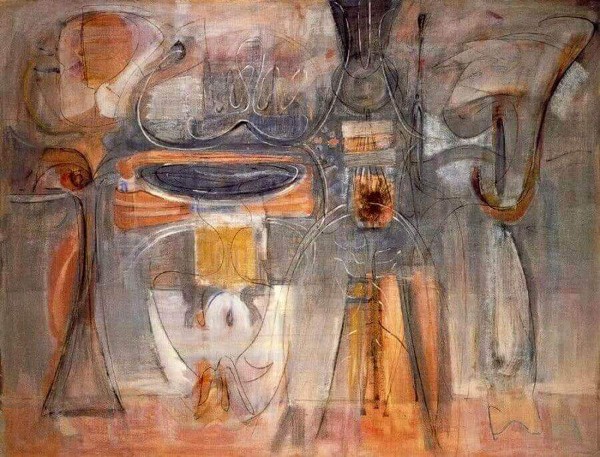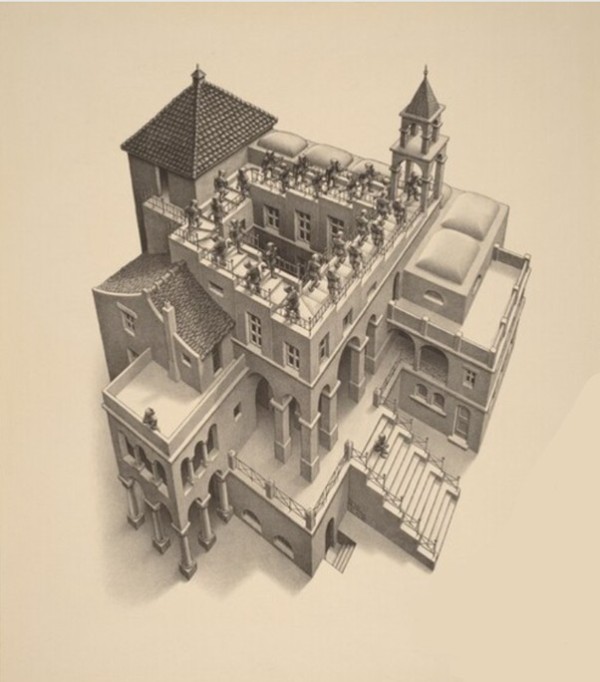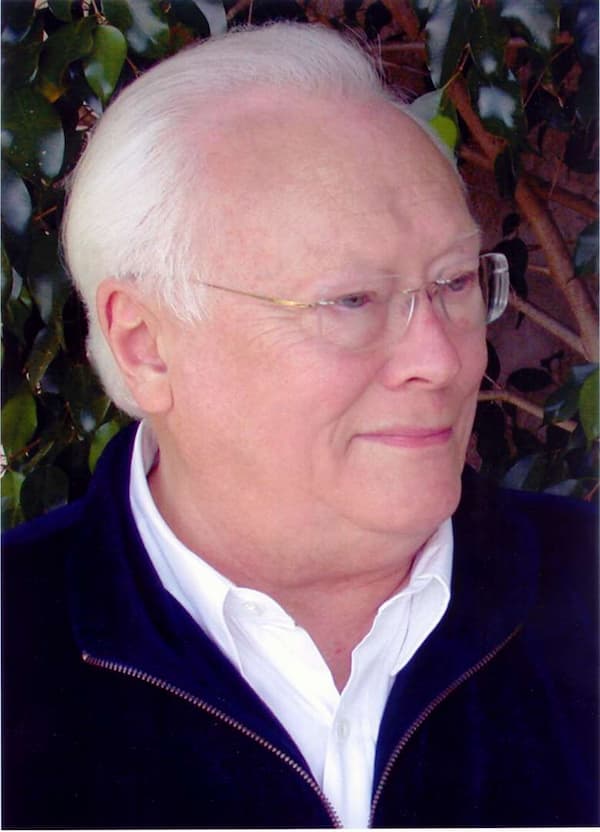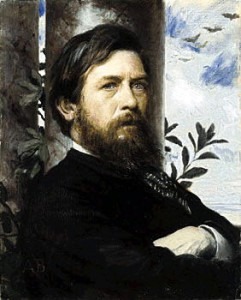
Böcklin: Self-portrait (1873)
Max Reger’s 4 Tondichtungen nach Arnold Böcklin (4 Tone Poems after Arnold Böcklin), written in 1913, bases each movement of the work on a different painting by Böcklin. Although now only known for the Isle of the Dead, in the early 20th century, reproductions of Böcklin’s landscapes could be found in the front parlours of homes throughout Germany.
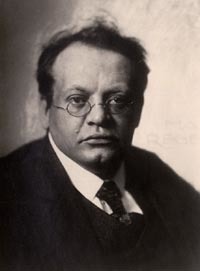
Max Reger
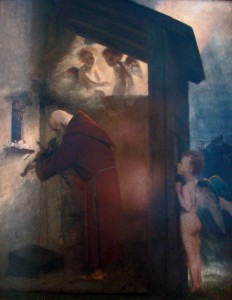
Böcklin: The Hermit (1884)
The second movement, a lively scherzo, is based on a vision of naiads, mermaids, and mermen playing in the waves. The scherzo scurries along, building to wild climaxes, interrupted by the contrasting trios, and is a perfect rendition of Böcklin’s magical world.
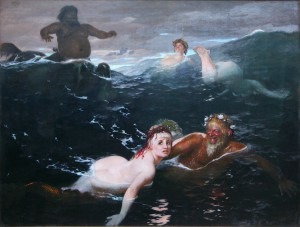
Böcklin: Playing in the Waves (1883)
The sombre third movement has strange harmonies in the wind section and violent changes in dynamics, ranging from excessive to shadowy in feel. The clarinet delivers a quiet final word after this visit to the dead’s final resting place.
Reger: 4 Tone Poems after Arnold Böcklin: III. Die Toteninsel (The Isle of the Dead)
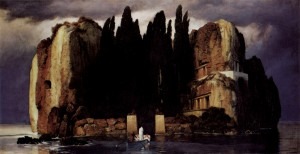
Böcklin: Isle of the Dead, fifth version (1886)
Reger: 4 Tone Poems after Arnold Böcklin: IV. Bacchanal
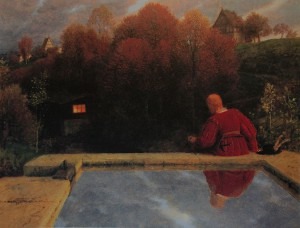
Böcklin: Die Heimkehr (1887)
Rachmaninov: 12 Preludes, Op 32: No. 10. B Minor: Lento (Eldar Nebolsin, piano)
Of the works in the Op.32 Preludes, this Prelude in B minor is felt to be the greatest of the Preludes. It opens with a sombre tone and becomes ever increasingly intense.
In creating his symbolist world of mythological creatures and scenes, Böcklin, in turn, inspired late 19th-century and early 20th-century composers to look to their own dark and mystical sides while at the same time reading intensely into Böcklin’s detailed masterpieces.

